Designed to shine a light on the work of that small group of people committed to preserving historic Irish houses, the HHI O’Flynn Group Heritage Prize is now in its second year. In 2020, the inaugural award went to Geralyn and Kieran White, who had bought Co Kilkenny’s Ballysallagh in 1987, and set about doing up the Georgian home as a labour of love. Whether you see that as enviable or foolhardy, or would even consider taking on such a challenge yourself, is down to how romantic you are about tackling ancient piping, sliding roof tiles, draughty rattling windows and a constant watch for dry rot, as much as it is about the depth of your wallet.
This year's prize has gone in a different direction. The estate at Clonalis, Co Roscommon has been in the O'Conor family for centuries and the family date its history to the year 75. Scratching my head for what's left of my school history, that takes you back to the earliest days of Christianity and the coming of St Patrick, via the High Kings of Ireland, from whom the O'Conors are directly descended. In my mind, I go on through to the present day stopping en route for the Norman invasion, the coming of Cromwell, the establishment of the Penal Laws, Catholic Emancipation, rebellion, Famine and more.
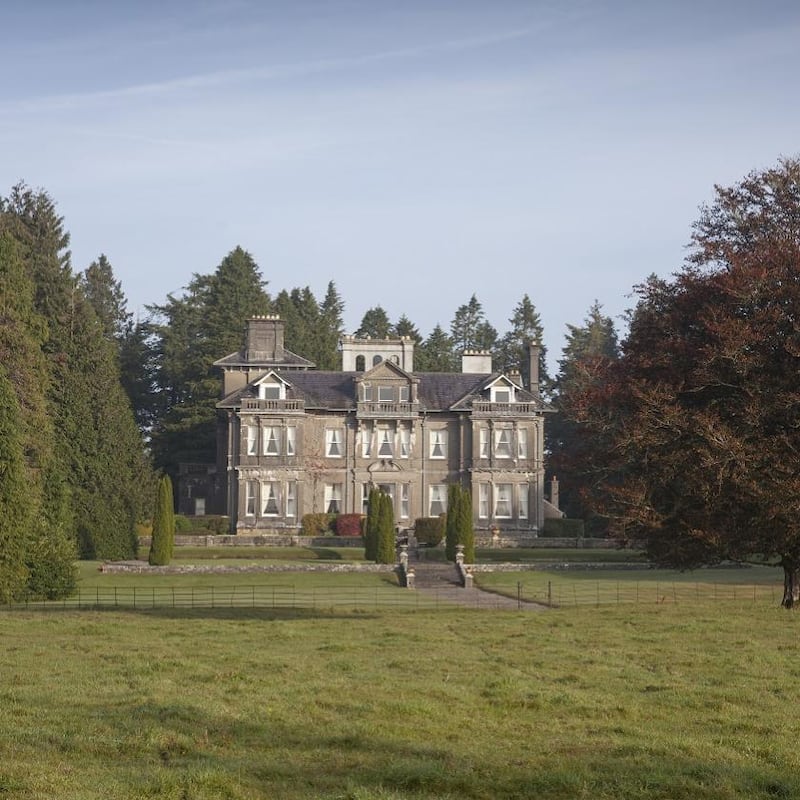
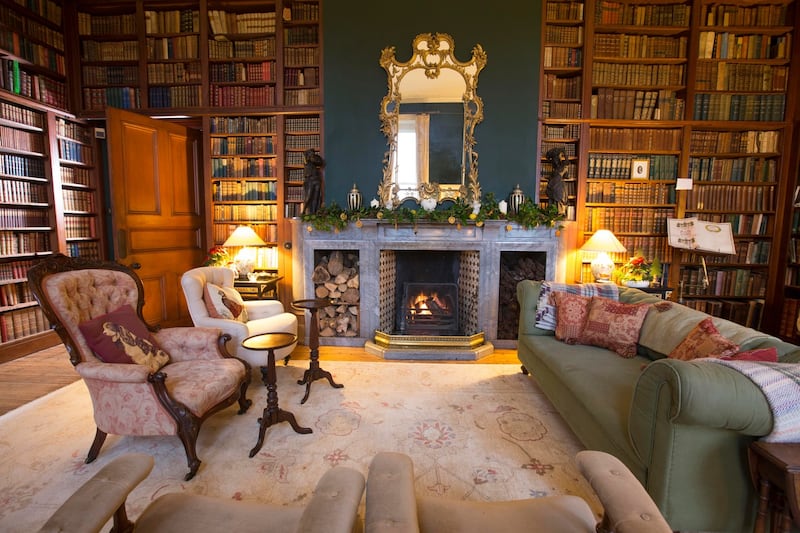
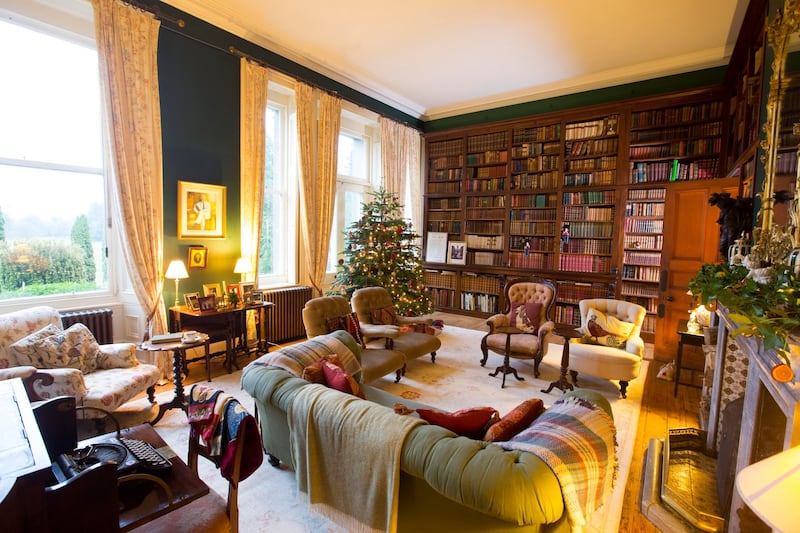
While people may have their own thoughts about inheritance and the luck of the ancestral draw, there is a lot to be said for the kind of lineage that fosters care and conservation. After all, if you’re going to have a royal family, our home-grown varieties do seem much nicer than the shower over the water. As architectural historian Robert O’Byrne, who dreamed up the award, says, “Clonalis represents the survival of an old Irish family who remained Catholic, losing everything at one stage because of it. Houses like these are the last links to an important shared heritage”.
In the library at Clonalis you'll find more than 7,000 books. There are also notes to the family from the likes of Daniel O'Connell, Charles Stewart Parnell and William Gladstone. You can see the last known judgment from the Brehon Law era, and the beautiful harp once played by Turlough O'Carolan himself. "Running a historic house is a vocation," says Carol-Anne O'Conor Nash, whose passion for Clonalis is evident and which, apart from the not insignificant detail of love, makes her the ideal person to have married into the family.
“Lots of people tell Richard he’s a very lucky man he married me,” she laughs. “But seriously, a house like this is not something people take on lightly.”
Victorian
With 45 rooms, the house that now stands at Clonalis is Victorian in the Italianate style, although lovers of something more ancient can see the ruins of a former O’Conor castle on the grounds, as well as the pitted and moss clad Coronation Stone, which saw the inauguration of some 30 O’Conor kings (more or less) over the centuries.
Inside there are original William Morris drapes, pieces of porcelain, family portraits and more.
“Most of the furniture is original to the house,” says O’Conor Nash. “Of course there has been new pieces added; lamps for example, and some antiques down through the years.” The adding is important.
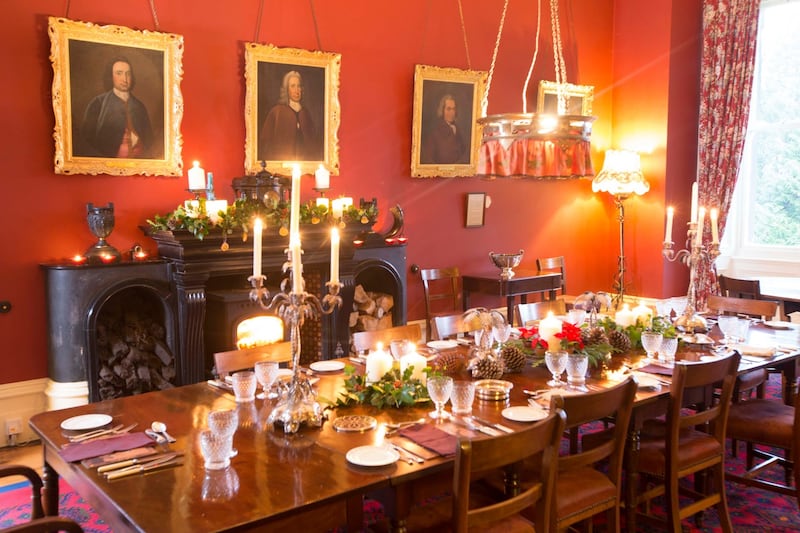
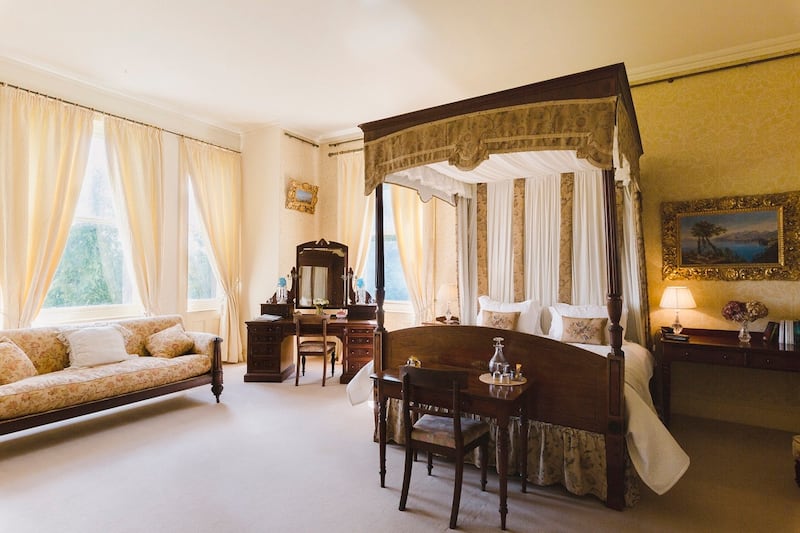
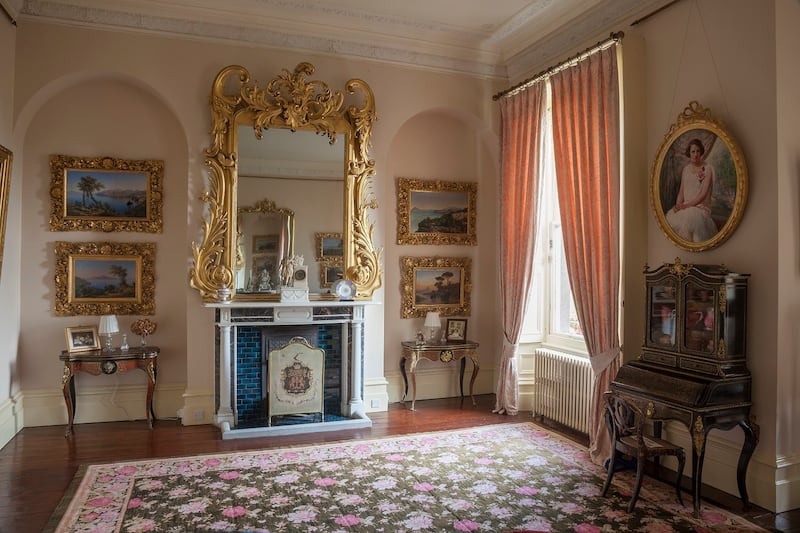
The slow accumulation of things makes Clonalis a keeper of living history, rather than a place with the static status of some other historic buildings, preserved at what is considered their pivotal (or final) moment.
“If we do need to restore any piece,” continues O’Conor Nash, “we try and find a local restorer who has experience in that piece of furniture or object. That’s necessary, as skills have been lost down through the years in certain trades as times have progressed, so it has become highly specialised.”
While the couple and their sons, Freddie and Haron, came to Clonalis via 20 years of Dublin living; Pyers, Richard’s father, inherited the house via a more circuitous route.
“I think I was 29 at the time,” he says, adding wryly, “and I think it was a lovely surprise. The first I knew about Clonalis coming my way was at my Aunt’s funeral. There was an initial bust of excitement, but within 72 hours we were called into the family solicitors and told just how terrible the inheritance tax would be. That cooled our stride.”
At one point, the then taoiseach Charles Haughey "told us he'd arrange for the archives to be transferred to the National Library, but everything else would have to be sold. I was so angry, I didn't even reply. I romantically teased myself that one of my 18th-century forebears had walked to Dublin, barefoot to fight a lawsuit, so I could carry on too."
In the end, it took the 1984 amendment to the Capital Acquisition Tax to save Clonalis, and about a third of the estate was sold to pay the residual tax bill.
“We were able to hang on to the house and a portion of the farm,” explains Pyers, who inherited from his mother, Gertrude.
“The last owner before my mother was her brother, Fr Charles O’Conor,” he explains. “He was a Jesuit priest, and he was in a strange situation as he had taken vows of poverty, which he took very seriously.” In the end, a trust was set up to get around complex inheritance constraints.
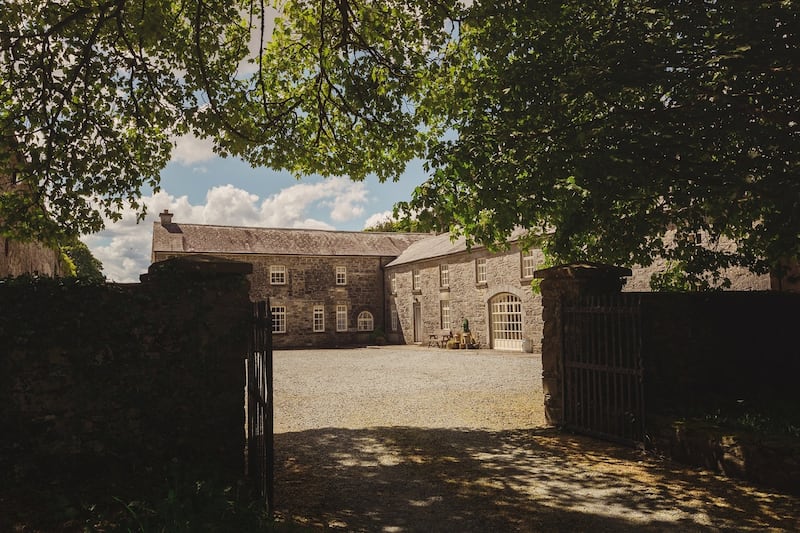
Conservation
When Pyers and his wife Marguerite arrived in 1981, the house was in a sad state.
“There were things that immediately jumped out at us, not least that there were a number of balconies that were leaking like sieves. But the house itself has always been a very kindly mistress,” he continues, talking of Clonalis like a beloved family member. “She wasn’t impatient in terms of us trying to pull her around. We repainted the whole house – with friends and family over about two years.”
She may have been a kindly mistress, but Clonalis was cold.
“It was freezing,” remembers Pyers. “I think when you’re in your 20s, you can deal with a certain amount of hardship. The way we lived in the house was to heat the rooms we were in, and run like hell along the cold corridors. I probably hold a world record for the 60 yard dash.”
Thanks to the work of Pyers and Marguerite, who now live in one of the stewards’ houses on the grounds, and Richard and Carol-Anne, Clonalis is not only warm, but thriving. Richard and Carol-Anne have their own set of rooms, while guests can stay in one of four beautiful bedrooms and have the run of the library and drawing and dining rooms, or rent self-catering cottages on site. That work, says Carol-Anne, is never done. “Unfortunately I have a personality where I like to get things finished. It’s good because I have the motivation, but you have to have the patience. There’s always something that needs to be restored, or is on the plans to be restored.” Current plans include a biomass heating system.
A deep and abiding love of Ireland’s history, which Carol-Anne describes as “intoxicating”, as well as a shared love for Clonalis has kept the motivation going. “Both my parents were very proud to be Irish – quietly and subtly so,” she says. “But I’ve always had a fascination with Irish history. I loved the books that went back in time, and folklore too. When we first got together, Richard called me Bord Fáilte. I still married him! But we have to understand that the past is fragile, and when it’s gone, you’ve lost it – you’ve lost that line of communication. We’re passionate about preserving the O’Conor history, which is also Ireland’s history,” she concludes. “And I’m incredibly proud that it’s a Gaelic history. You’d need to be dead inside to not be passionate about that.”
Clonalis is open to guests from April to September.The HHI O’Flynn Group Heritage Prize is awarded annually to a member of the Historic Houses of Ireland network.



















